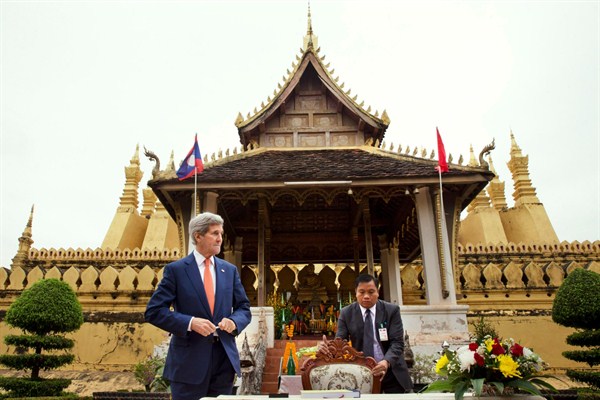When Barack Obama traveled to Cuba in March, he became the first U.S. president in almost 90 years to set foot on the island nation. But during the final year of his presidency, he will become the first-ever sitting U.S. president to visit another communist-ruled former foe: Laos. In September, Obama will go to its capital, Vientiane, for the summit of the Association of Southeast Asian Nations (ASEAN).
Given Cuba’s proximity to Florida and the huge Cuban-American community in the United States, it is hardly surprising that Obama’s visit to Havana has attracted much more attention than his upcoming trip to Laos. But seen in a global geopolitical context, Laos is without doubt strategically more important than Cuba. The land-locked country’s population may be fewer than 7 million, but it serves as the buffer between China and the rest of Southeast Asia, over which Beijing is rapidly expanding its influence.
Obama’s decision to visit Laos was announced in November last year. At the time, Deputy National Security Adviser Ben Rhodes told a think-tank audience in Washington that “the emerging relationship between the United States and Laos focuses on such areas as health, nutrition and basic education.” Rhodes did not mention the China factor but, hardly by coincidence, Obama’s visit comes at a time when some analysts believe that Lao leaders are trying hard to shake off their dependence on China and pivot toward Vietnam. As Hanoi has recently sought improved ties with Washington in order to hedge against China’s rising regional influence, some observers see the U.S. outreach to Laos through the same prism.

